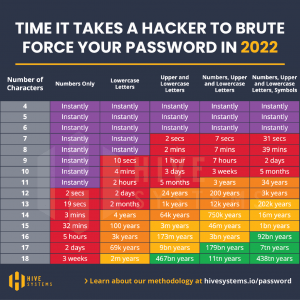Here’s a tip: Review your spending habits. It's really hard to mitigate or manage financial anxiety if you don't have a clear sense of your spending.
When talking with clients, questions that come up all the time are “Where's my money going? I don't know where all of our dollars go, we’re making a good income, but I don't know where it's going?”. To get cash flow will start answering that question. It will start reducing the anxiety in those particulars because we can't continue this path of “how do I fix this?”. That's what we do as Advisors – we train, and we help people fix and solve those particular problems. I always ask this question, where's my money going? But more importantly, is your money in sync with your financial why? And your financial why is customized, it's, what do you want it to be? And that could be financial independence.
I can tell you in the course of my 30 plus years I’ve sat down with many couples, individuals, and businesses and I've said, “Hey, congratulations, you now have financial independence”. In other words, you don't have to go to work anymore, work is now an option. You can still choose to go to work – you could change jobs, you can do whatever, but you don't need to anymore. You've built up enough that you can replace the income, enjoy the lifestyle that you want to enjoy, spend the time with family, friends, and loved ones that you want to do. And that comes from good planning on the front end and understanding that you can get there much faster if you work with a coach or work with an advisor and understand your cash flow.
It will be liberating once you go through that process, but it does require taking action. Here's some take actions on what you can do. There are the knowns and the unknowns.
In the knowns, we control whether we want to have a plan or not, we control whether we want to do cash flow and budget analysis, we control that reduction. If that's really your number one goal is to get debt-free well, then let's build a plan that makes you debt-free. We control how much is in our emergency fund; so that if we lose a job or income drops, maybe we've got adjustable income or we want to change jobs, we've got this money set aside so we don't have anxiety during that period. We control all those things. We control how much protection we have against risks; you know how much life insurance that we have if we have state documents that are there those are all known things. Now, here's an unknown, you don't what day you will leave this world. Do you have plans in place that make sure that loved ones are protected the way you'd like them protected? Again, you control these areas, these are all things that are in your control.
The one thing I'll say is even though we don't have control over the unknown, we always want to stay informed, especially around new laws and new rules. This is what Advisors do for a living. For instance, if you take money out and the market's down or maybe you took it out and it's taxable- now it bumped your taxes up. It’s important to meet with your Advisor and to have a coach to help interpret these known rules that are probably unknown to most Americans. It's probable these types of things will come up and once you pick a strategy, whatever that strategy is, you can't change it.
But you have to always ask yourself “Maybe this impacts me, and if I don't know about it, I'm not going to do anything prudent to help myself get on to financial independence”. If you do know about it and your Advisor knows about it, they're going to help you make good decisions that will work well for you in those areas. It's important to understand that there are unknowns out there, and you can plan your best for those unknowns, but it's important to accept that you never have full control of the unknown. So. think about what you do have control of, and make sure that you are making the best decisions for yourself, your family and your loved ones.


